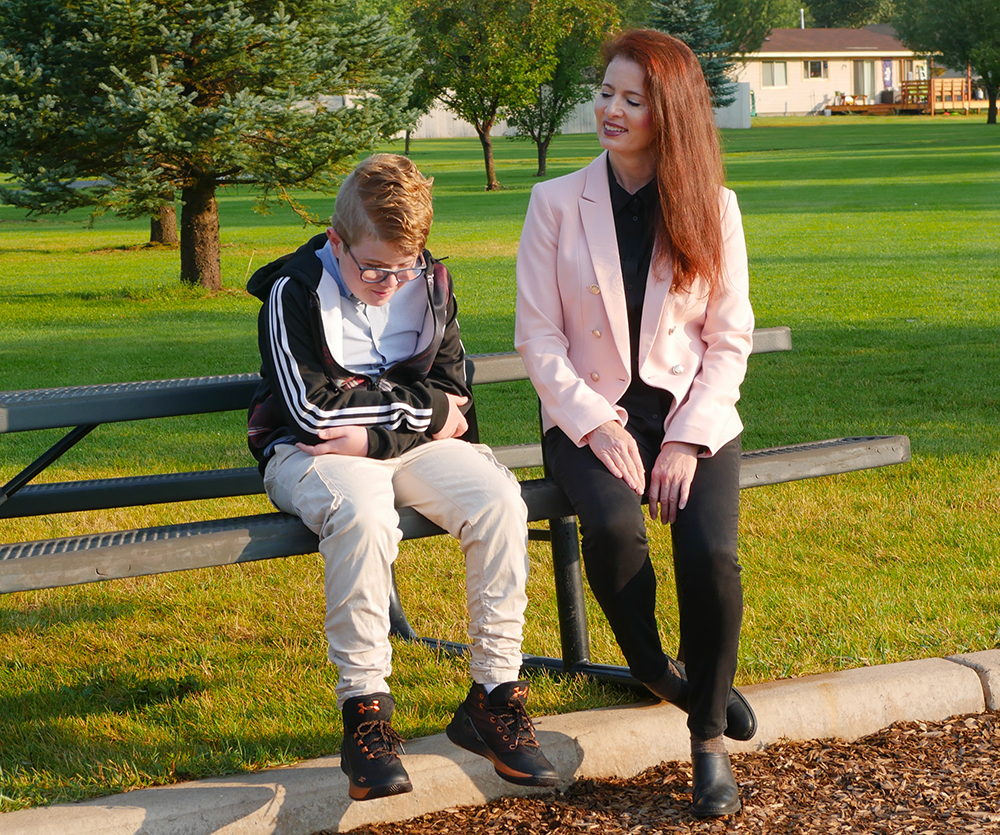Divorce, Custody and GAL Work
Divorce and Custody
The decision to separate and divorce is never easy. If you find yourself at that crossroad, it is comforting to know you have support and sound legal advice to help make the difficult process of divorce and custody easier.
Andrea is a divorced mother of two, aunt and has been a stepmother. She personally understands the challenges as well as the rewards presented by custody arrangements.
GAL Work
When a court appoints a guardian ad litem to represent your children’s best interests, you need a trusted and experienced advocate.
What is a Guardian Ad Litem?
A GAL/Guardian Ad Litem acts as an advocate for the children and participates as necessary in all phases of the process.
GALs often visit the children in person, conduct in-home visits, and interview BOTH parents, stepparents, grandparents, other family members, teachers, neighbors, counselors, clergy and other people important in the children’s lives.
Why is our firm good at GAL work?
The most important thing that a guardian ad litem can do to promote the best interests of the children is LISTEN. We listen to the children, and gather the important facts and information from BOTH parents and the others in the children’s lives.
The uncertainty of a custody dispute can be very stressful for children and their families. Andrea and her team are committed to gathering the information as quickly as possible, so that the children and their families can move forward. We work efficiently. In most cases, we are able to gather the evidence and important information and deliver our report to the parties’ lawyers within thirty (30) days from being appointed or retained. You can trust us to listen compassionately and uncover the truth.
The skills of a talented legal advocate are invaluable to children caught in a custody dispute. With a good GAL, the children have an unbiased adult who can explain the process, inform the court of the children’s viewpoints, and work toward an efficient resolution.
The GAL is bound by the children’s best interests and not the children’s expressed best interests. If we determine that the child’s expressed preference is different than the best interests of the child, the child’s wishes and the basis for our differing assessment as GAL are BOTH presented.
We prepare a written report which timely informs BOTH parties of the relevant facts and the basis of our recommendation as GAL. We present our recommendations to the court during the hearing through opening statement, during the evidence, and in closing argument.
Our goal is to advocate for the best interest of the children, and reduce uncertainty, which we hope will help all involved move forward with healthy, productive and safe lives.

